Fitness Lessons from the Dance Studio
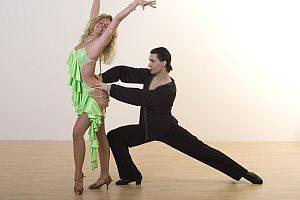
For those who want to get fit, but find the thought of working out at a gym about as appealing as a root canal, dancing may be the answer. Dancing is a fun way to get off the couch and exercise without it actually feeling like work (most of the time, anyway). People who dance regularly point out that it can help you manage your weight, maintain your flexibility and improve your coordination. Plus it’s a social activity, so you can make new friends or enjoy old ones while you’re at it!
The TV show “Dancing with the Stars” has contributed to a sort of popular renaissance for ballroom dancing in the U.S. Dance classes teaching tango, foxtrot and salsa are quick to fill up, and the demand is growing. But did you know that, entertainment value aside, dancing may also have more health benefits—physically and mentally—than most people realize?
Dancing has been found to boost memory and help reduce your risk of dementia as you age, according to a study published in the New England Journal of Medicine. The part of the brain responsible for memory, the hippocampus, normally shrinks as we grow older. Those who dance show greater volume in the hippocampus. Of 11 physical activities included in the study, only dancing reduced dementia risk.
According to Dr. Joe Verghese, a professor at New York’s Albert Einstein College of Medicine, “Dance, in many ways, is a complex activity. It’s not just purely physical.” Although the exercise itself increases blood flow to the brain, dancing also involves having to memorize steps, anticipate your partner’s moves, and is a very social form of exercise.
Dancing can also relieve stress and reduce depression. The social contact that happens during dance lessons and at dance events allows you to meet new people who can become part of your support network. It has been shown to increase energy levels as well.
Dancing is a great way to get cardiovascular exercise, and it may provide even greater benefits than the cardio you get at the gym. An Italian study found that the patients with cardiovascular disease who started waltzing on a regular basis had healthier hearts, better breathing, and a more improved quality of life than patients who walked on a treadmill or biked for exercise.
Those interested in losing weight can also look to dancing. A study in the Journal of Physiological Anthropology found that people who enrolled in a dance training program lost as much weight and increased their aerobic power as much as those who practiced biking or jogging.
Tango, which is enjoying one of the largest resurgences in ballroom dancing, can help improve your balance. Tango requires dancers to have good posture and balance while quickly executing complicated movements that often require rapid changes in direction.
Don’t worry if you feel you have two left feet. Most people can significantly improve their dancing ability with just a little practice. And it’s important not to be too critical of yourself. There are a lot of beginners out there, many of whom feel unsure about their dancing. Just relax and have fun with it, and you will find the improvement in your fitness a nice side benefit!
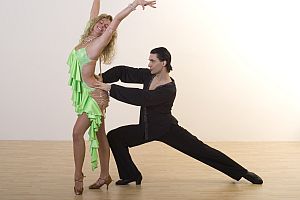
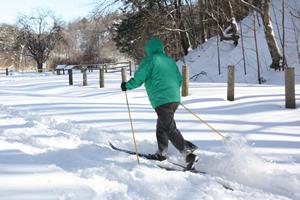
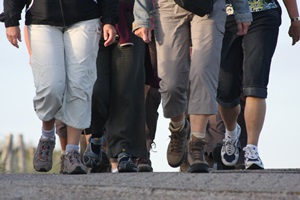
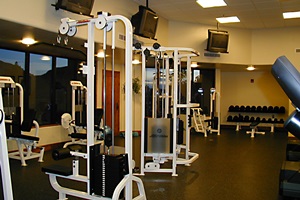
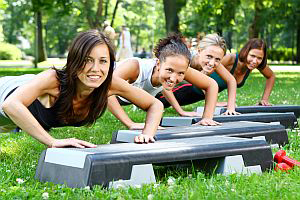

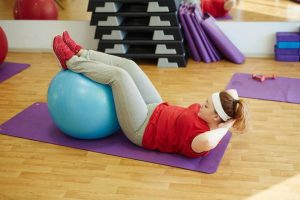
 Anyone with a chronic pain condition like fibromyalgia knows it can be difficult to adhere to a complex set of treatment instructions: physical therapy, medications, creams, journals, the list goes on. We get busy or forget and sometimes don’t comply completely with the treatment, but sooner or later the pain creeps back in. It turns out that regular chiropractic visits can actually help fibromyalgia patients adhere to long-term physical-therapy programs, thereby ensuring that patients receive the full benefits of exercise.
Anyone with a chronic pain condition like fibromyalgia knows it can be difficult to adhere to a complex set of treatment instructions: physical therapy, medications, creams, journals, the list goes on. We get busy or forget and sometimes don’t comply completely with the treatment, but sooner or later the pain creeps back in. It turns out that regular chiropractic visits can actually help fibromyalgia patients adhere to long-term physical-therapy programs, thereby ensuring that patients receive the full benefits of exercise. Anyone with a chronic pain condition like fibromyalgia knows it can be difficult to adhere to a complex set of treatment instructions: physical therapy, medications, creams, journals, the list goes on. We get busy or forget and sometimes don’t comply completely with the treatment, but sooner or later the pain creeps back in. It turns out that regular chiropractic visits can actually help fibromyalgia patients adhere to long-term physical-therapy programs, thereby ensuring that patients receive the full benefits of exercise.
Anyone with a chronic pain condition like fibromyalgia knows it can be difficult to adhere to a complex set of treatment instructions: physical therapy, medications, creams, journals, the list goes on. We get busy or forget and sometimes don’t comply completely with the treatment, but sooner or later the pain creeps back in. It turns out that regular chiropractic visits can actually help fibromyalgia patients adhere to long-term physical-therapy programs, thereby ensuring that patients receive the full benefits of exercise. If you are like most people, working out just for the sake of working out does not really appeal (although there are many dedicated gym buffs who couldn’t live without their daily workouts!). We all know that it’s important to exercise regularly if we want to live a long and healthy life. However, if you find the idea of trotting along on a treadmill for 15 minutes and then spending half an hour of working out on Nautilus machines to be about as exciting as a trip to the dentist, then this article is for you!
If you are like most people, working out just for the sake of working out does not really appeal (although there are many dedicated gym buffs who couldn’t live without their daily workouts!). We all know that it’s important to exercise regularly if we want to live a long and healthy life. However, if you find the idea of trotting along on a treadmill for 15 minutes and then spending half an hour of working out on Nautilus machines to be about as exciting as a trip to the dentist, then this article is for you!